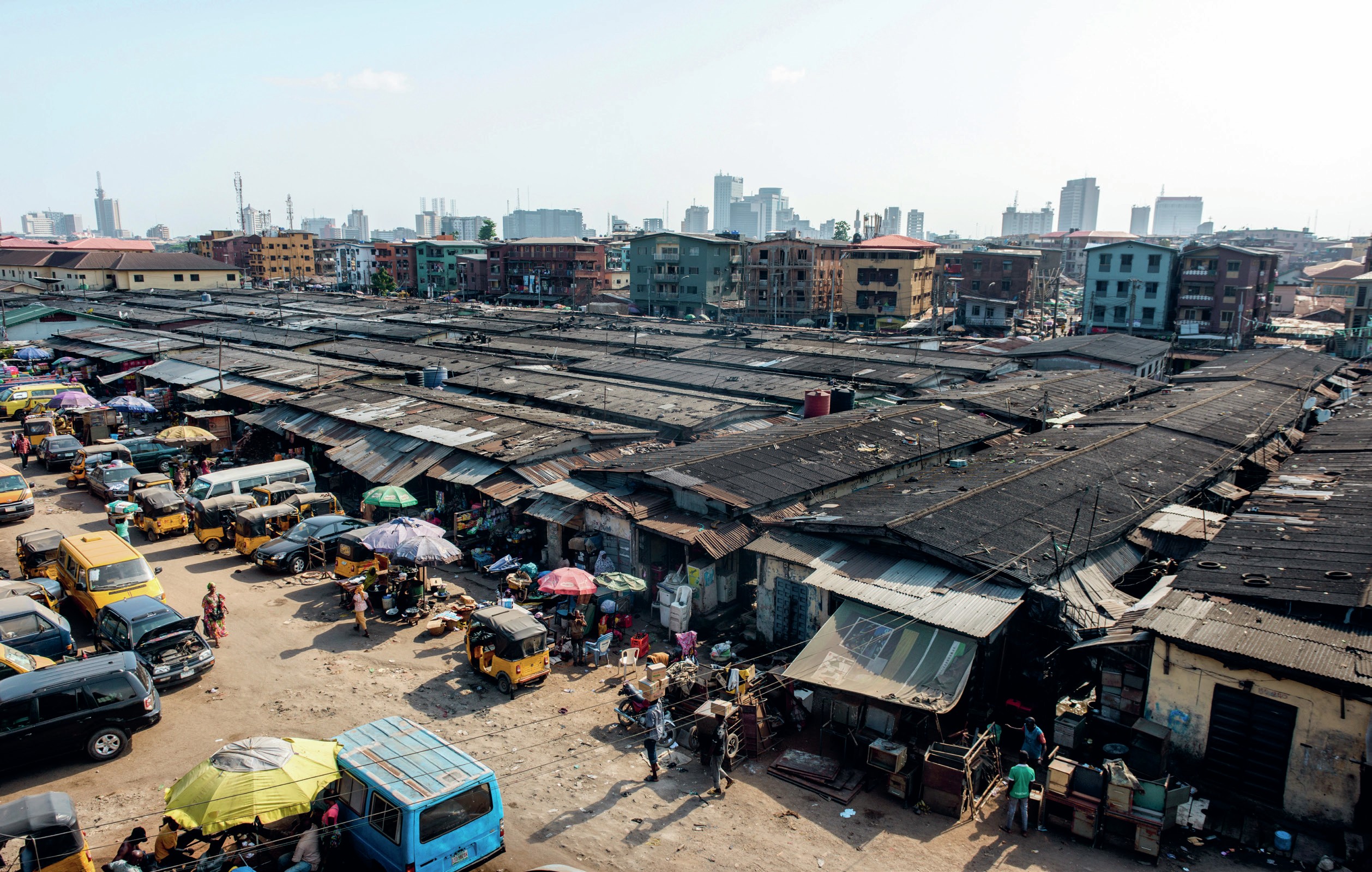
With much celebration, Lagos’ light railway, known as the Blue Line, opened its first phase in December 2022 (Figure 1). Could this be the long awaited solution to traffic and housing problems in the city? The partial completion of 13 km of rail track (of the 27 km planned) connects five stations between Marina and Mile 2, transporting 250,000 passengers a day. When completed the line will carry 500,000 people daily. At last there is a major transport link for the city connecting Lagos Island (the central business district) to residential areas in the west.
There have been huge delays in this project because of conflicts over displacement of communities. The government had to remove urban dwellers whose homes were on the planned route and many, for example the Badia community, lost their land and livelihoods. There have also been escalating costs and major engineering challenges as much of the track had to be elevated over Lagos, particularly over Lagos Lagoon. Problems of underwater cables, gas pipelines and even underwater shipwrecks needed to be solved before construction could take place.
Your organisation does not have access to this article.
Sign up today to give your students the edge they need to achieve their best grades with subject expertise
Subscribe




